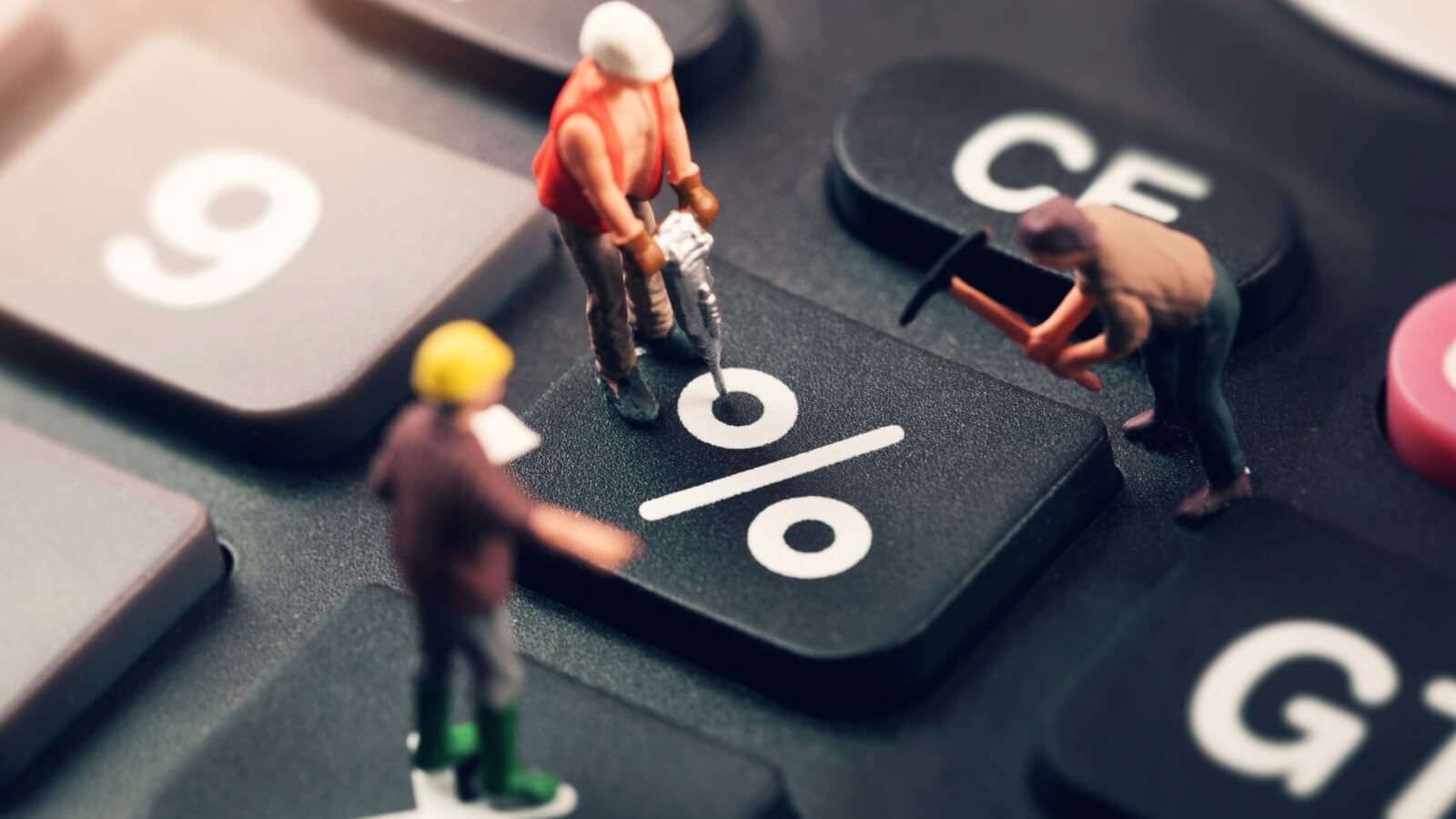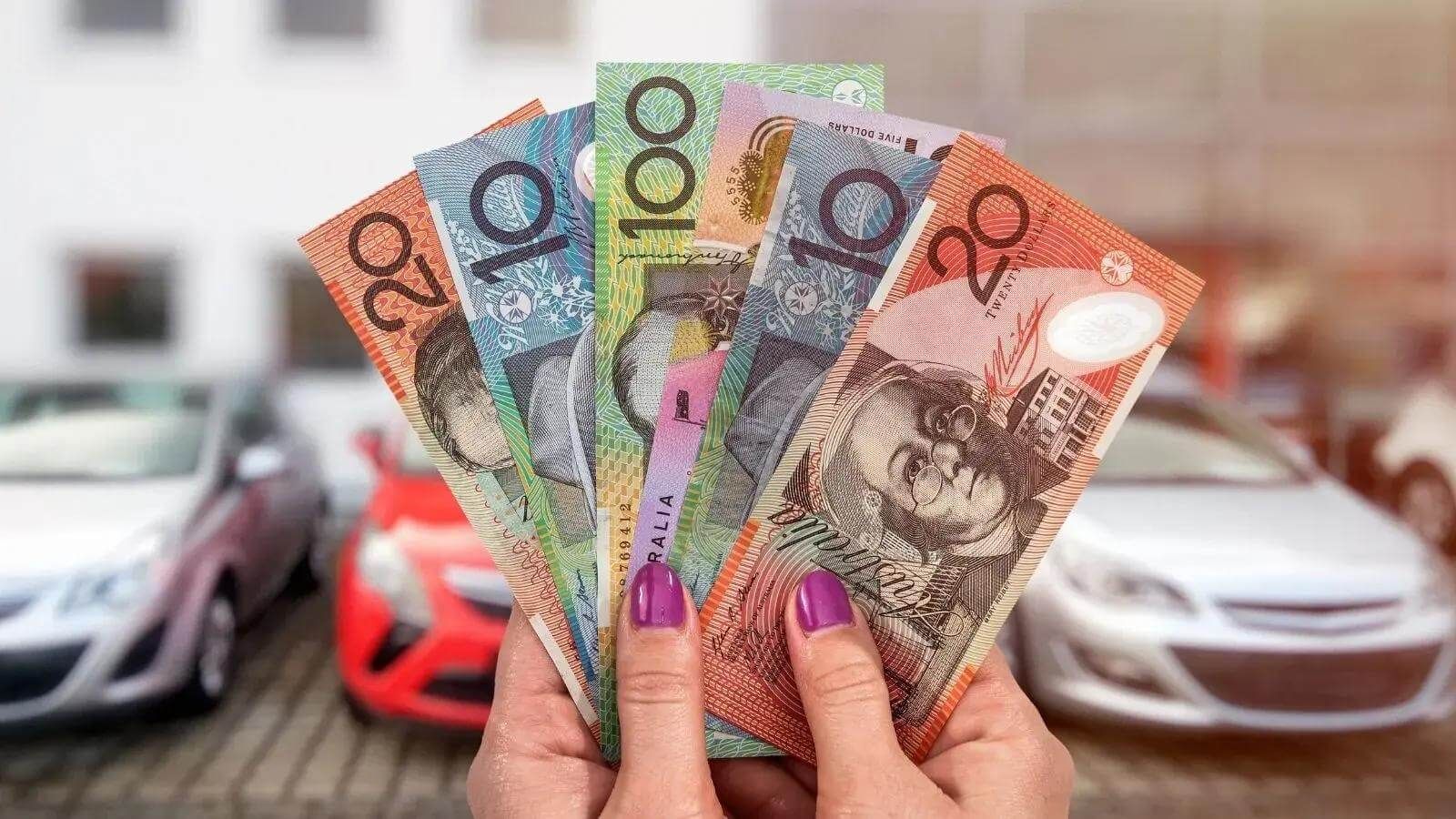What is car depreciation and how do I calculate it?
Maximising Car Value: Understand & Calculate Depreciation
Car depreciation is a concept that affects virtually every car owner, yet it often goes unnoticed until it's time to sell or trade in a vehicle. Understanding car depreciation is crucial for making informed decisions when purchasing, owning, or selling a car. In this blog post, we'll explore what car depreciation is, how it works, and provide examples to help you calculate it for your vehicle.
What is Car Depreciation?
Car depreciation refers to the decline in the value of a car over time. Virtually every car loses its value as it ages, with the most significant drop typically happening in the first few years of ownership. Factors influencing depreciation include the car's make and model, age, condition, mileage, market trends, and even the color of the vehicle.
Why Does Car Depreciation Matter?
Understanding depreciation is vital for car owners and prospective buyers. It affects the total cost of ownership and is a key factor when it comes to selling or trading in your vehicle. For those leasing a car, depreciation determines the lease payments. Business owners who use cars for work purposes also need to consider depreciation for tax deductions.
Factors Influencing Car Depreciation
- Brand and Model: Some brands and models depreciate slower than others due to reputation, reliability, and demand.
- Age and Mileage: Generally, the older the car and the higher the mileage, the more it depreciates.
- Condition: Cars in better condition depreciate slower than those with wear and tear or damage.
- Market Trends: Economic factors, fuel prices, and consumer preferences can impact depreciation.
- Vehicle Type: Certain types of vehicles, like electric cars or luxury cars, may depreciate differently.
How to Calculate Car Depreciation
Calculating depreciation can be done using different methods, but the simplest one is the straight-line method. Here's a step-by-step guide:
- Determine the Original Value of the Car - This is the price you paid for the car, including any additional features or modifications.
- Estimate the Car's Expected Life - This is how many years you expect to own the car before selling it.
- Estimate the Car's Residual Value - This is the value you expect the car to retain at the end of its expected life. You can find this information through online tools, dealerships, or industry guides.
- Calculate Annual Depreciation - Subtract the residual value from the original value, then divide by the number of years of expected life.
Real-Life Examples
Prime Cost (Straight-Line) Method
The Prime Cost method calculates depreciation at a fixed rate over the useful life of the asset.
Assumptions:
- Cost of the car: $30,000
- Useful life of the car: 5 years
- Residual value (value at the end of its useful life): $5,000
Formula:
Annual Depreciation = (Cost of the Car - Residual Value) / Useful Life
Calculation:
Annual Depreciation = ($30,000 - $5,000) / 5 = $5,000 per year
So, using the Prime Cost method, the car will depreciate by $5,000 every year for 5 years.
Diminishing Value Method
The Diminishing Value method calculates depreciation at a higher rate in the earlier years of the asset's life, decreasing over time.
Assumptions:
- Cost of the car: $30,000
- Depreciation rate: 20% per year
Formula:
Annual Depreciation = Book Value at the Beginning of the Year * Depreciation Rate
Year 1 Calculation:
Year 1 Depreciation = $30,000 * 20% = $6,000
Value at end of Year 1 = $30,000 - $6,000 = $24,000
Year 2 Calculation:
Year 2 Depreciation = $24,000 * 20% = $4,800
Value at end of Year 2 = $24,000 - $4,800 = $19,200
And so on, each year the depreciation is calculated on the reduced value of the car.
Comparing the methods
The Prime Cost method provides a consistent depreciation amount each year, making it straightforward and predictable. In contrast, the Diminishing Value method results in higher depreciation charges in the earlier years and lower charges in the later years. This method often reflects the actual wear and tear of an asset more realistically, as many assets lose more value in their initial years.
Tips to Minimise Depreciation
- Choose the Right Model: Research cars that hold their value better.
- Regular Maintenance: Keep your car in good condition.
- Mileage: Lower mileage cars depreciate slower.
- Timing: Consider market trends when buying or selling.
Conclusion
Car depreciation is an inevitable part of car ownership, but understanding it can help you make smarter financial decisions. By choosing the right vehicle, maintaining it well, and keeping an eye on market trends, you can minimise the impact of depreciation on your investment.
Whether you're buying new or used, it's important to factor in depreciation to understand the true cost of owning a car. Remember, the most expensive car to buy is not always the most expensive to own when depreciation is taken into account.











